An effective oil spill kit is essential for managing spills and preventing environmental damage. Key components...
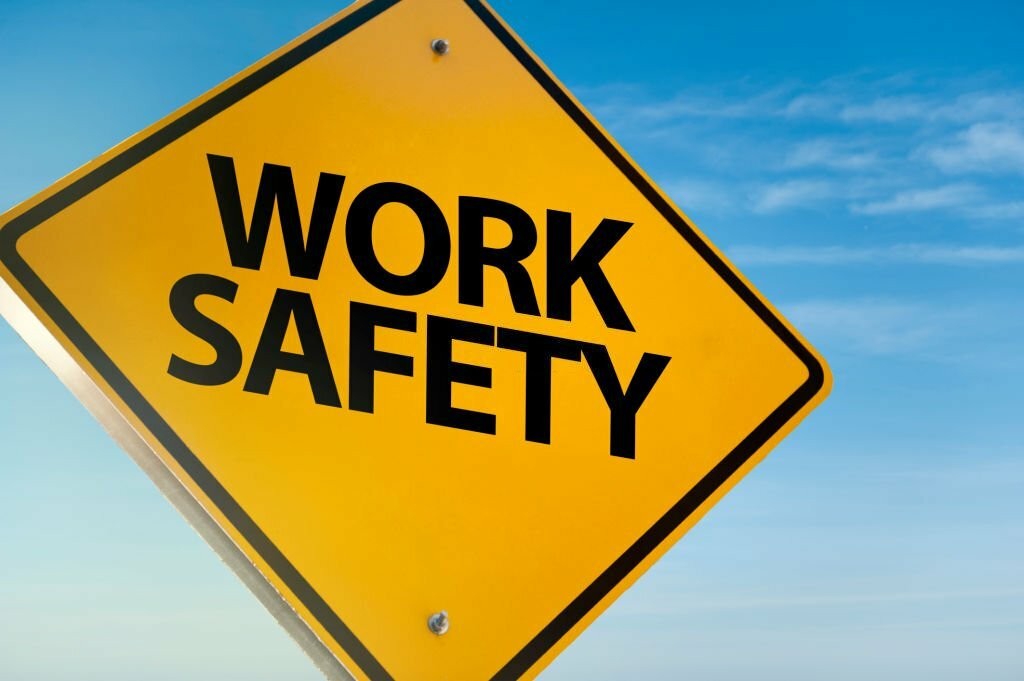
Enhancing Workplace Safety with Proper Placement of Safety Signs
Safety in the workplace is important to ensure the well-being of employees and visitors. Organisations must implement various safety measures, and one essential component of this is the proper placement of safety signs. In this article, we'll explore where safety signs should be placed in the workplace and how they contribute to overall workplace safety.
Where Should Safety Signs Be Placed in the Workplace?
Entrances and Exits: Safety signs should be strategically placed near entrances and exits to guide employees and visitors in case of an emergency. These signs typically include "Exit" signs and "Emergency Exit" signs with arrows pointing in the direction of the nearest exit.

Hazardous Areas: Identify and mark hazardous areas such as construction zones, chemical storage areas, or places with heavy machinery. Placing appropriate safety signs in these areas can alert individuals to potential dangers and remind them to take necessary precautions.

Fire Safety: Fire safety signs, including "Fire Extinguisher" and "Fire Alarm," should be placed near fire-fighting equipment and alarm systems. This helps employees quickly locate essential fire safety resources during emergencies.
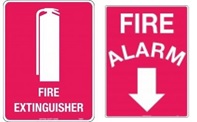
First Aid Stations: Ensure that first aid stations are clearly marked with visible signs. This helps individuals find these essential resources quickly when accidents or medical emergencies occur.
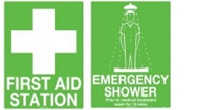
Chemical Storage: In facilities where hazardous chemicals are stored, safety signs indicating the nature of the chemicals and safety precautions should be placed near storage areas. This helps prevent accidents and ensures safe handling of substances.
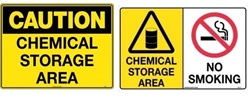
Restricted Areas: Mark areas that are off-limits or require special authorization with "Authorised Personnel Only" or "No Entry" signs. This helps maintain security and safety protocols.
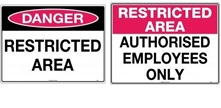
Personal Protective Equipment (PPE) Stations: If your workplace requires specific PPE, place signs near stations where employees can access safety gear. This reminds individuals to wear the necessary equipment to protect themselves from potential hazards.

Traffic Control: In industrial settings with vehicle traffic, use traffic signs and markings to direct traffic flow, designate parking areas, and ensure pedestrian safety.
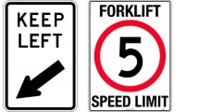
How Do Safety Signs Contribute to Workplace Safety?
Safety signs in the workplace play a crucial role in Australia, aligning with local regulations and priorities. They serve a multifaceted purpose by enhancing awareness, fostering clear communication, aiding emergency response, ensuring legal compliance, reducing accidents, and promoting a strong safety culture.
Safety signs enhance workplace awareness by serving as constant reminders of potential hazards, promoting vigilance among employees and visitors alike. These signs adhere to universally recognized symbols and colours, transcending language barriers and ensuring that safety information is easily comprehensible. During emergencies such as fires or evacuations, safety signs guide individuals to exits and essential safety equipment, potentially preventing injuries and saving lives, thus aligning with Australian safety standards.
Compliance with safety sign regulations in Australia, such as those established by Safe Work Australia, is important to avoid legal consequences. Properly placed and maintained safety signs can significantly reduce workplace accidents, acting as proactive measures that highlight potential dangers. Moreover, they contribute to a consistent safety culture within the workplace, reinforcing the importance of safety protocols and fostering a collective commitment to safety among employees, aligning with Australian safety priorities and regulations.
Proper placement of these signs, along with their clear and consistent communication of potential hazards, helps create a safer work environment. Organisations should invest in the design, placement, and maintenance of safety signs to protect their employees, visitors, and assets while also complying with legal regulations.


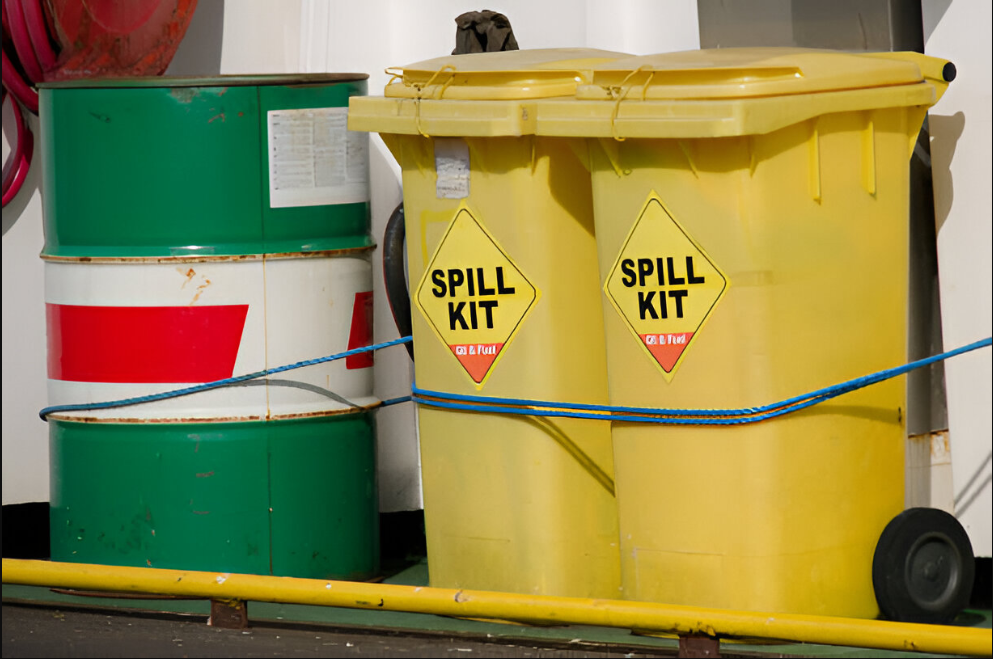
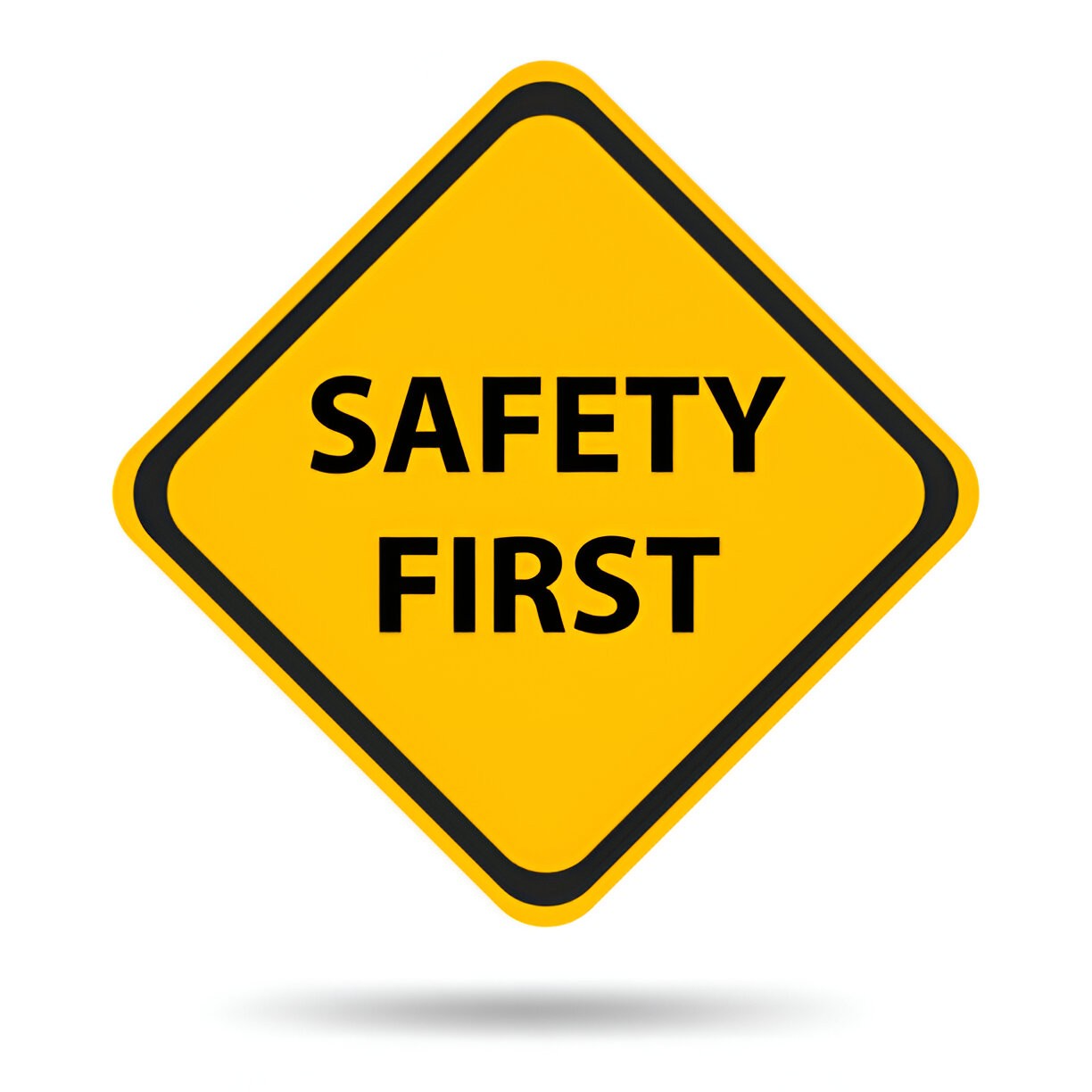

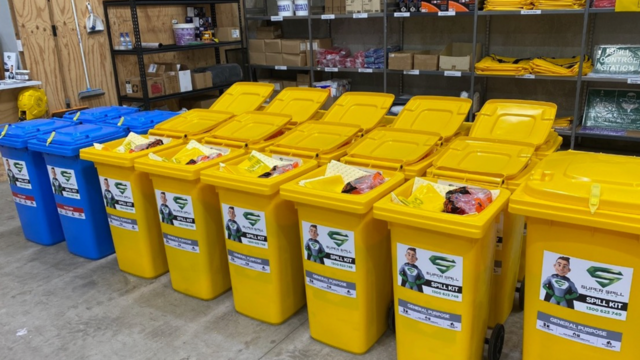
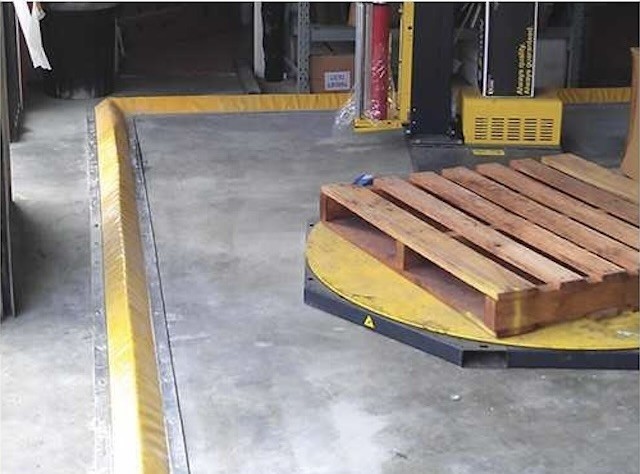
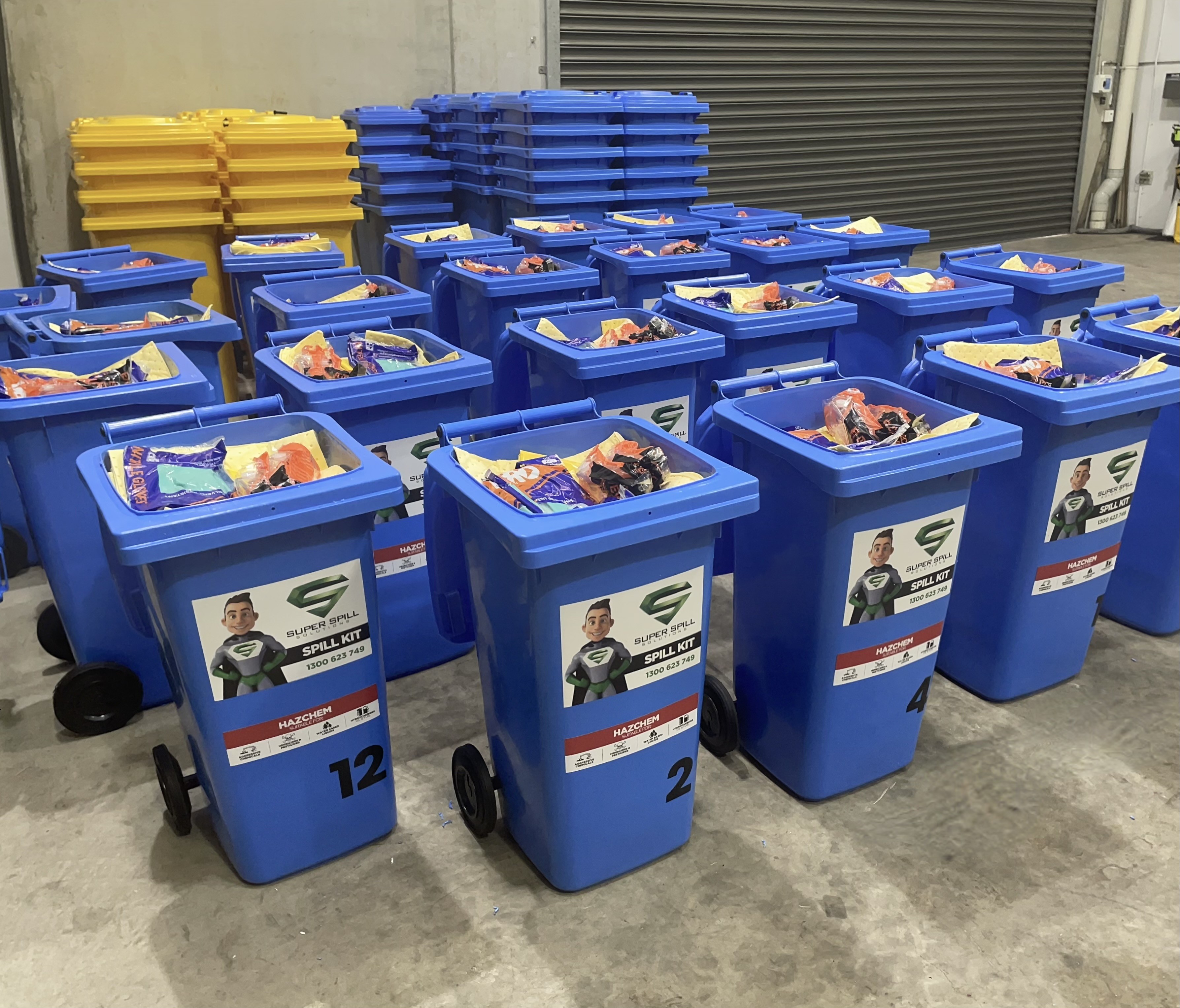
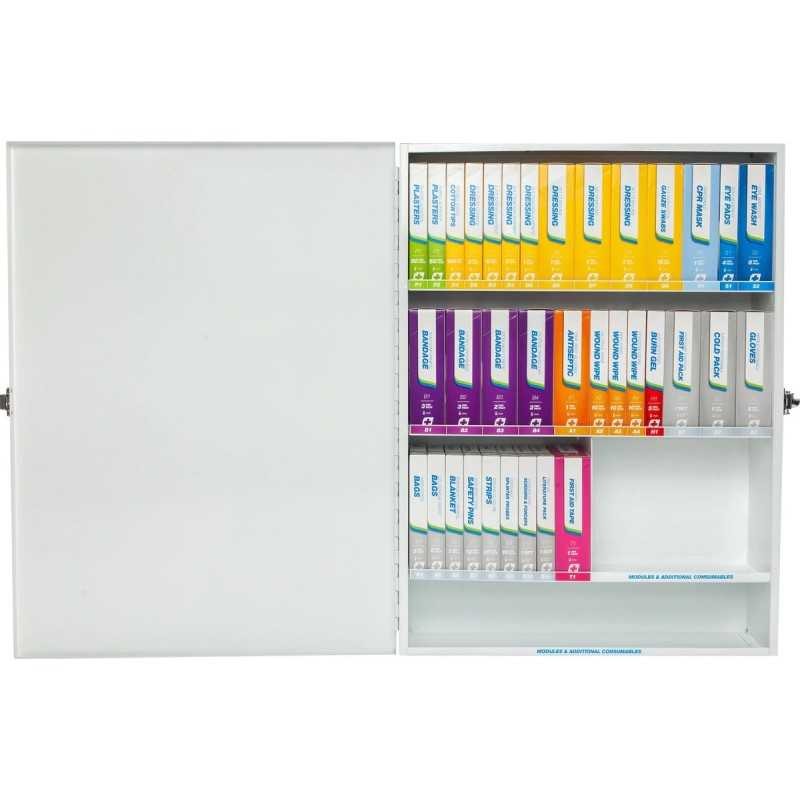
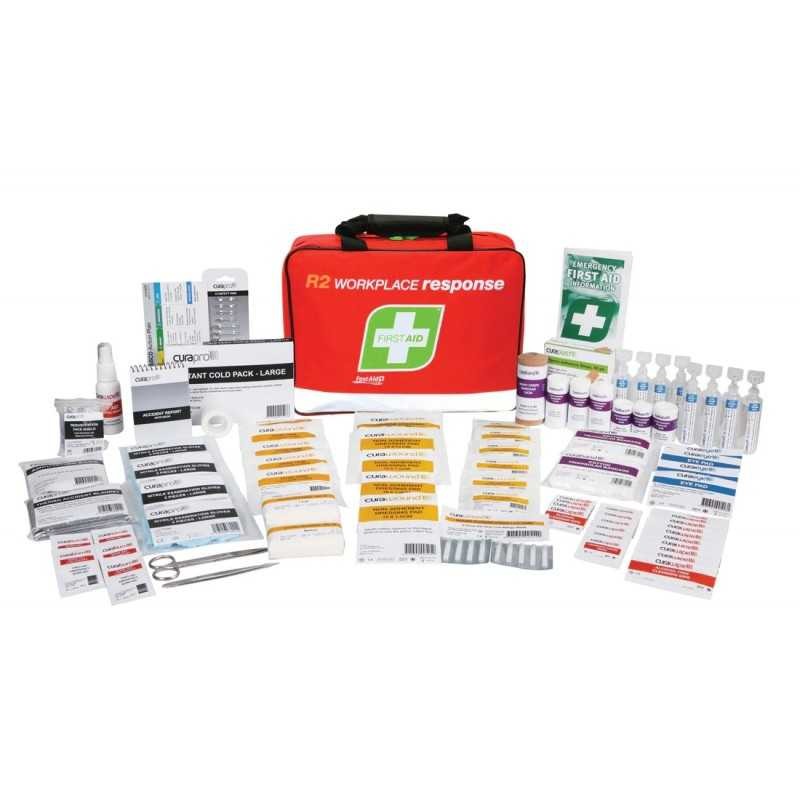
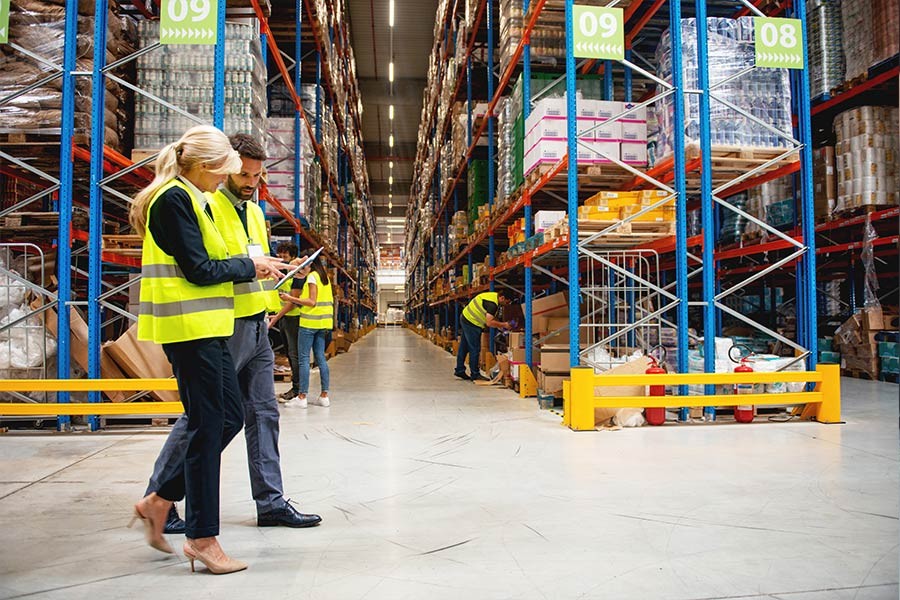
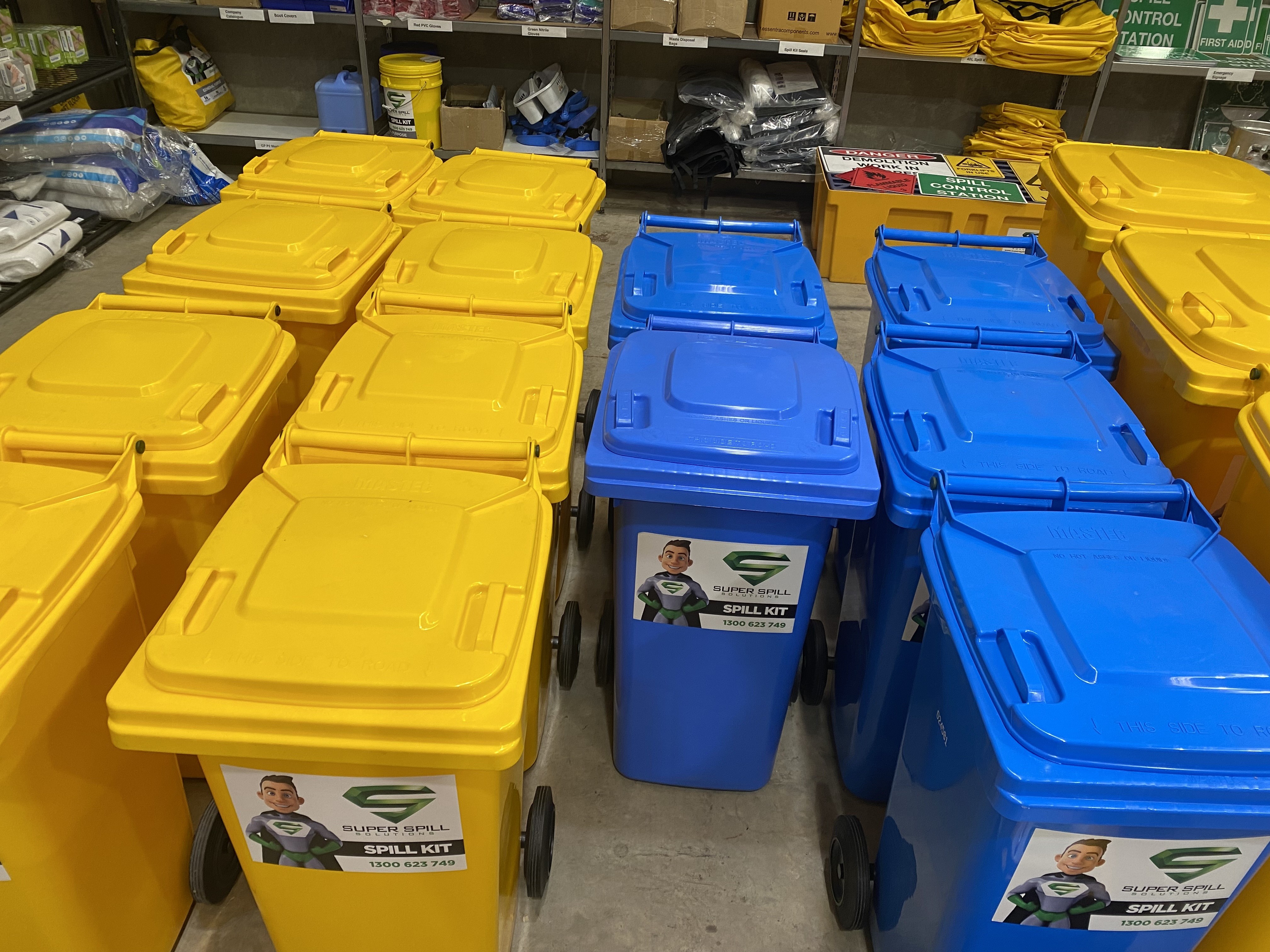
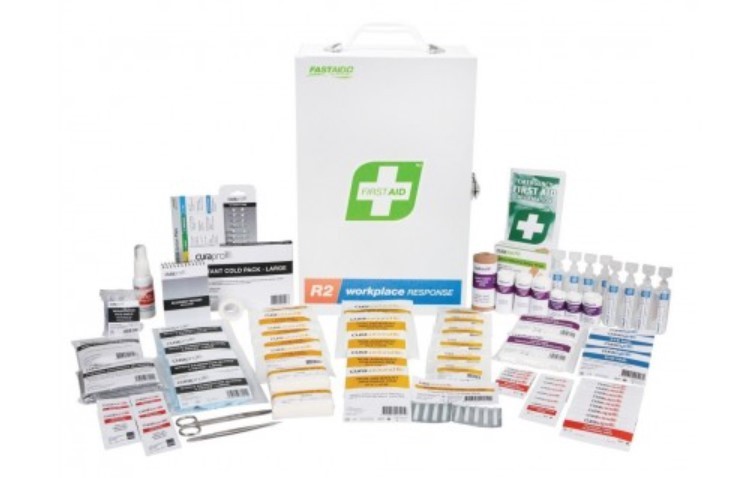
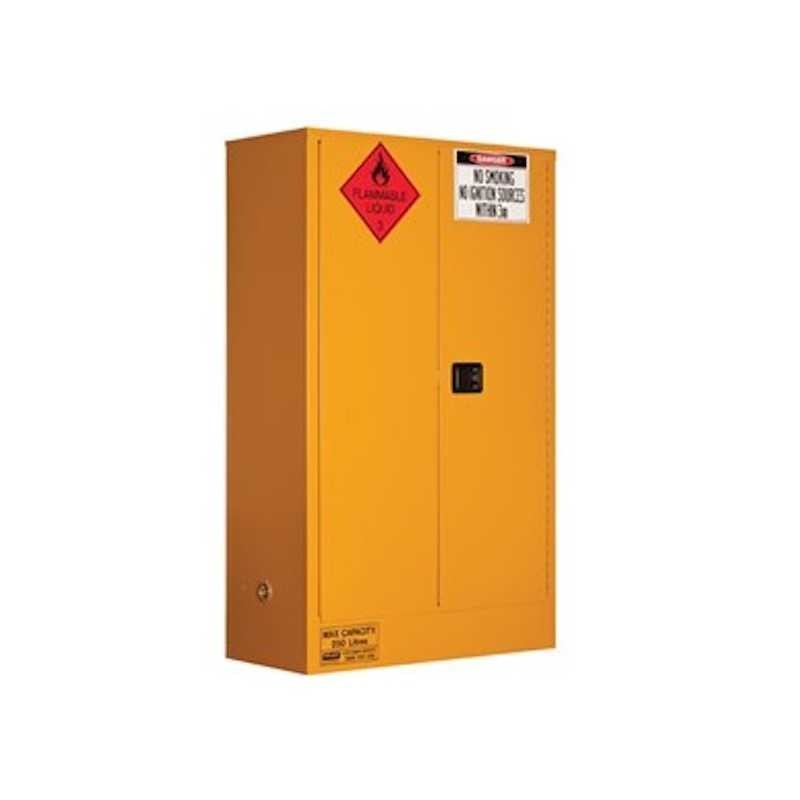
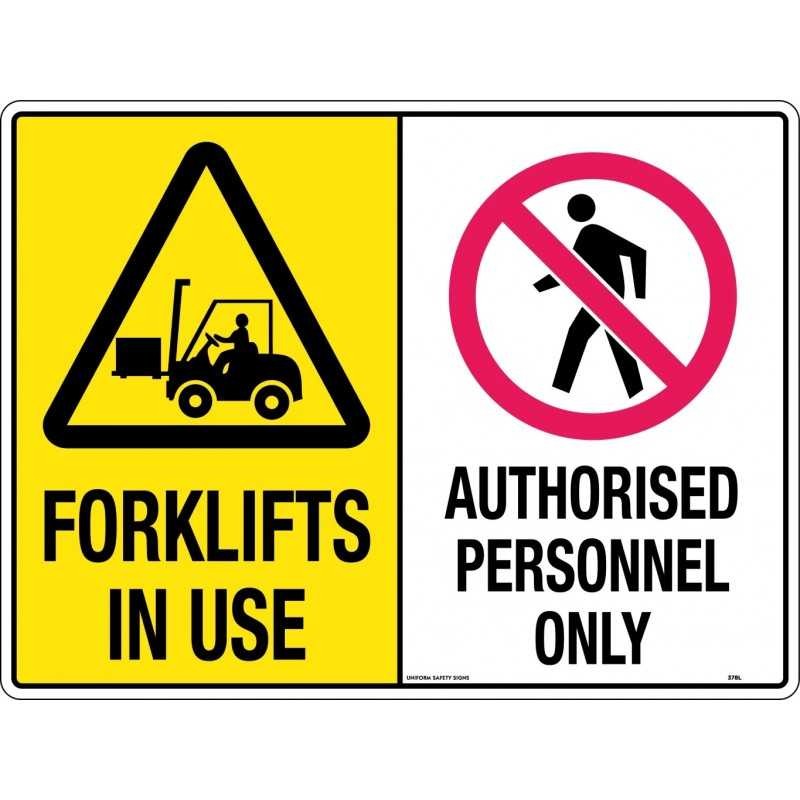


Leave a comment